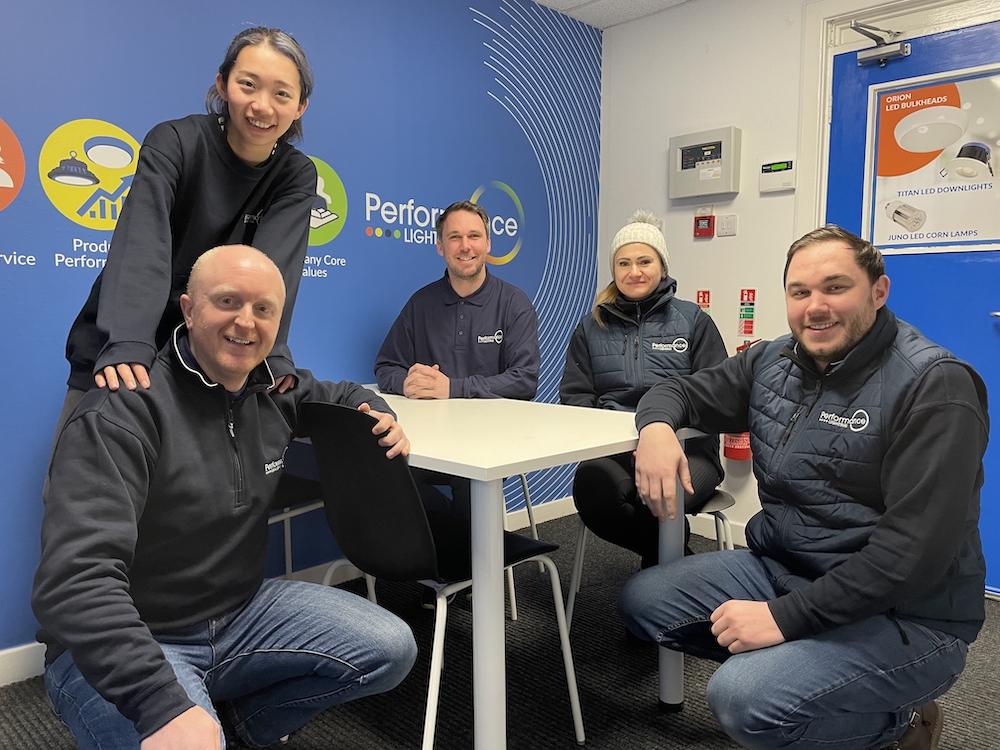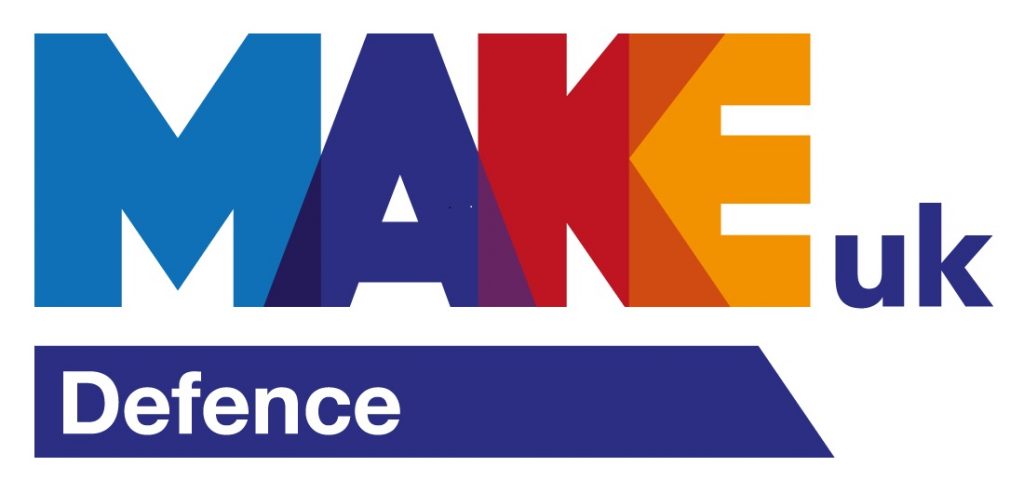Turning a Vision, Mission and Values into reality can be really exciting, and it doesn’t have to be complicated… especially when it comes to implementation in small and mid sized companies.
The impact of a cohesive Skills Development Plan can be felt quite quickly, whether that’s through productivity gains, or simply your team knowing that you’re investing in their development.
But where to start? What do you, your business and your colleagues really need?
Taking time out at this stage is really important. Time to think about the challenges/opportunities your business faces currently, and what these might look like in the future.
What skills and traits are needed to address these, and do you have the team/capacity to tackle them? How long will this development take, and does this fit your business timescales?
Training courses can be expensive, vary in quality, and might not be specific to your needs – so jumping into spending on courses shouldn’t be your first step. Equally some courses can be liberating and tremendous value for money.
However, don’t be afraid to partner up with other companies to share the cost, write your own training plan, or be inventive about how your colleagues learn. Leadership can be taught at a charity event, your office, workshop or a mountain top. A ‘classroom’ doesn’t need walls and a flipchart.
Sliced Bread & When The It Hits The Fan via the BBC and TED Talks are just some of the brilliant resources available, teaching people about a huge range of topics.
Asking a colleague to train other staff can boost their confidence, whilst supporting other colleagues. A potential ‘win-win’ scenario if you give them the support and tools to do this.
If you’re a business leader and you’re reading this, don’t forget your own development. Keeping your skills up to date, fresh and relevant is fundamental.
If you’re not sure what your skills should be, talk to other business leaders, or find a Non-Executive to support you on the board.
Measuring outcomes is always a tricky one, especially when the benefits might be felt over weeks, months or even years. Try to develop a range of measures that look for signs that the training is working, and be patient. Some signs will be subtle, so use your appraisal process and conversations with your team to spot them.
Finally, give your team the flexibility to learn new skills, outside of their job role if needed. It boosts job satisfaction, and opens up new opportunities as your team explore what they’re capable of.
The team at Biskit always enjoy helping clients turn their Vision plans into reality, creating inspiring and practical skills plans that deliver short and long term results. Seeing clients grow and develop is one of the most satisfying things we do on their Leadership, Strategy and Team Development journey.






